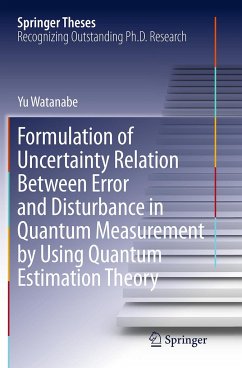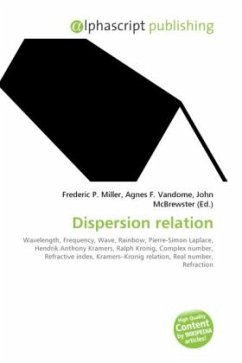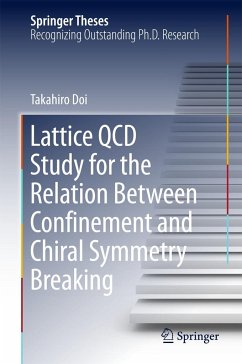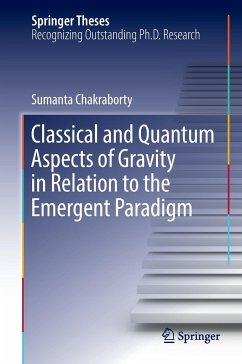
Tully-Fisher Relation
Versandkostenfrei!
Versandfertig in 6-10 Tagen
30,99 €
inkl. MwSt.

PAYBACK Punkte
15 °P sammeln!
Please note that the content of this book primarily consists of articles available from Wikipedia or other free sources online. In astronomy, the Tully-Fisher relation, published by astronomers R. Brent Tully and J. Richard Fisher in 1977, is an empirical relationship between the intrinsic luminosity (proportional to the stellar mass) of a spiral galaxy and its velocity width (the amplitude of its rotation curve). The luminosity is the amount of light energy emitted by the galaxy per unit time; it can be measured using the galaxy''s apparent brightness when the distance to the galaxy is known....
Please note that the content of this book primarily consists of articles available from Wikipedia or other free sources online. In astronomy, the Tully-Fisher relation, published by astronomers R. Brent Tully and J. Richard Fisher in 1977, is an empirical relationship between the intrinsic luminosity (proportional to the stellar mass) of a spiral galaxy and its velocity width (the amplitude of its rotation curve). The luminosity is the amount of light energy emitted by the galaxy per unit time; it can be measured using the galaxy''s apparent brightness when the distance to the galaxy is known. The velocity width is measured via the width or shift of spectral lines and the Doppler effect. The quantitative relationship between luminosity and velocity width is a function of the wavelength at which the luminosity is measured, but roughly speaking, luminosity is proportional to velocity to the fourth power. The relation connects the directly (and relatively easily) observable velocitywidth to the difficult-to-observe intrinsic luminosity.












